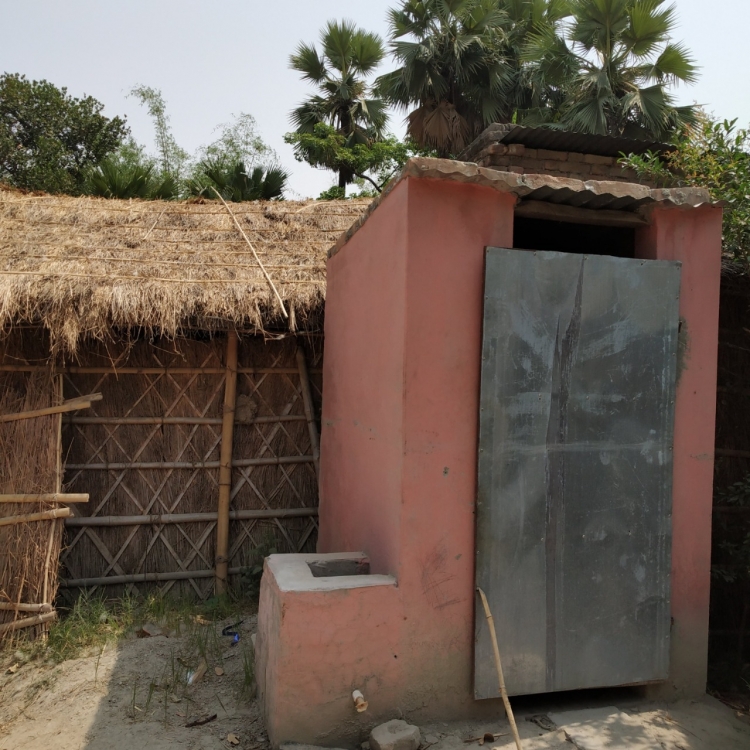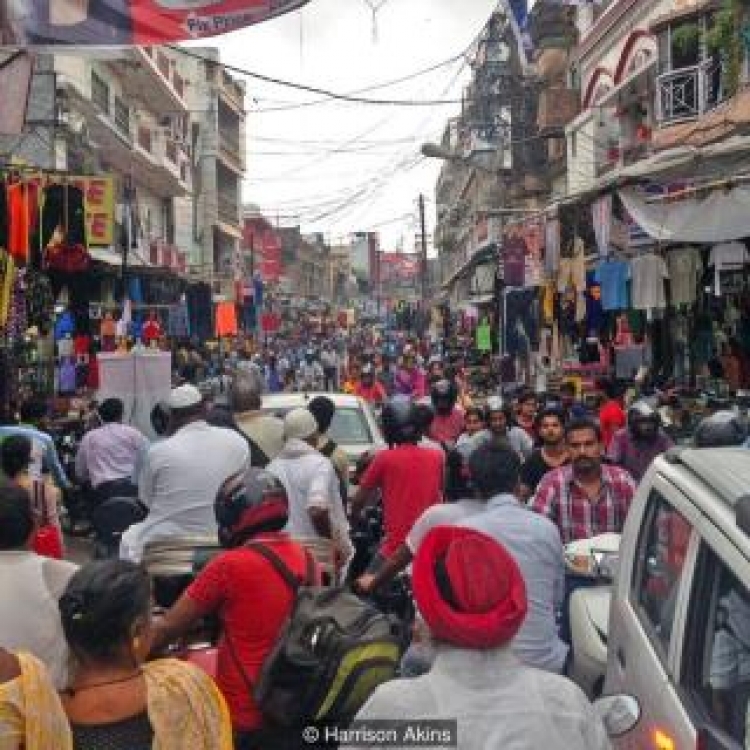
Selecting Anganwadi Sevika in Bihar - The Social-Political in the Women's Agency, Her Responsibilities and Public Health
16 Sep 2021 0 comment(s) Opinion Pieces
Anganwadi Sevika is a crucial functionary of the ICDS program and a lynchpin on whom performance of supplementary nutrition, early childhood care and pre-school education depends. The country has more than fourteen lakh such workers, and Bihar alone has almost one lakh Sevikas, one each manning each of the Anganwadi centres. Despite such a crucial role, Sevika’s position has not been institutionalised, she is not a government employee, is not paid a salary but a fixed amount every month, often termed as honorarium, and is mostly called a social worker or a part time worker. There have been periodic demands for regularization and institutionalization of Sevika’s post, roles and responsibilities. Understandably, government’s approach has been quite cautious and ambivalent for obvious difficulty related to adding to around one and a half million new government employees in its folds at one go.
In Bihar, this issue assumes added significance and complexity due to Bihar’s unique social, political, cultural and institutional setup. And this has created many additional layers of issues for the administration to grapple with. Unlike some more developed southern states, Bihar still pay the minimum honorarium to its Sevikas, being around Rs. three thousand per month - the amount given by central government. This might seem a meagre sum, but the scramble to become a Sevika in Bihar belies all such beliefs. Or perhaps there are many other reasons why a Sevika position in rural Bihar is so prized. The recruitment and selection mechanism have been a bone of contention for long and there has been frequent amendments in the guidelines as to how the selection should be made. In desperate and often failed attempts to balance the village level political and social processes; to have a decentralised, community participated activity; to institute a process of positive discrimination towards weaker castes and communities; and also to have educated and well aware Sevikas on the ground; the selection regulations mostly found it difficult to achieve any of these goals. At different times, there have been provisions that Sevika should be at least be matriculate, than, at least eight class pass, that her marks would be given weightage in preparation of merit list, that the Sevika would be from the majority caste group (Gen, MBC, BC, SC, ST) of the catchment area, that there would be separate weightage marks for scheduled caste, tribe, backward casts, widow, even parityakta (someone who has been abandoned by her husband) etc. Despite all this, the selection in most of the cases were not without disputes and many complaints and allegations of wrongdoings have always been reported. In terms of selection process and mechanism too, all kinds of permutations and combinations were tried, to make it fair, transparent, balanced and responsive, but without much success. So, there were provisions of selection committee consisting, at different times, of village public representatives like Mukhia, Sarpanch, Block Pramukh, Ward Member; member of SC and of beneficiary community; government functionaries like Block Development Officer, Circle Officer, even Sub Divisional Officer and of course ICDS functionaries like CDPO and Supervisor. And again, none of these could take care of myriad issues cropping up during the selection process. All these points towards a very contentious and keenly contested community level power struggle. Why it is so? Why Sevika is considered so important in villages of Bihar?
Money plays an important part. It is not only for those three thousand rupees which a Sevika receives as compensation. In the completely decentralised system of Bihar, introduced way back in 2001, the cash for providing supplementary nutrition is handed over to the Sevika every month and she is the person who does all procurement (local purchase of food grains, vegetables and other provisions etc). This cash is not a small amount, which is, as per the current norms, around 15-17 thousand rupees every month for each Anganwadi centre. The rampant leakages and corruption in procurement and provision of supplementary nutrition is widely believed and known, and one independent study in 2013 found that on average, as much as 55% of such fund is siphoned off through leakages. Therefore, the monetary incentive is not meagre. Further, in a caste and community ridden social structure, the post of Sevika is seen not as someone who is there to take care of disadvantaged children, but someone with social power, prestige and authority. A Sevika is often the most important, most visible and most sought-after female representative of the village community, and often considered equivalent to a female politician. Often, Sevikas are mere front of their husbands who might be a village level political functionary, even member of gram panchayat or some other local level public representative (which was subsequently prohibited by modifying selection rules). In these varied and complex manner, thus, the position of Sevika in Bihar has been integrated into the grassroot socio-political architecture, and in that process has, sadly, lost her primary role of deliver of certain welfare services to the needy. And this is further reflected in the ways dominant castes have regularly been able to capture the posts of Sevikas in large number of cases. It was only after the provisions related to Sevika being from the majority caste group of the catchment area was introduced, this domination of forward casts was checked to some extent. But it was resisted vigorously and was repeatedly undermined by the local strongmen.
It is not uncommon to find writ petitions filed in Patna High Court claiming some wrongdoing in selection of Sevika! And there are good number of such cases, which is another indication of political of this small public health and welfare functionary in Bihar’s rural landscape. There are numerous instances where state Minsters were reported to have been pushing for selection of their candidates for the post of Seviaka. There is a widespread believe that the asking rate for appointment as Sevika is in the range of more than rupees one lakh. Complaints and instances of gerrymandering of catchment area of Anganwadi centres have often been found, to favour a particular candidate to be selected as Sevika because that change would bring her residence within the catchment area. An attempt to address this gerrymandering in selection of Sevika was made by making the catchment area of Anganwadi centres coterminous with village ward boundary. It was approved with much difficulty, then was massively resisted when implementation started, then was stayed, even rolled back partially and so on. Even now, it is not fully implemented.
All this throws some deeper social and public policy issue for us to ponder over. Perhaps the most important is to critically examine the high pedestal on which the 73rd and 74th Constitutional amendment has been placed believing that local and village level community-based participation, governance and democracy would be a panacea. The experience of ICDS program in Bihar, with its complete decentralization of Sevikas’s selection process as well as her roles and responsibilities, and with community participation and oversight in all these activities has only resulted into politicization of the program, where the main objective of providing supplementary nutrition and pre-school education services to poor, needy and underdeveloped communities and children has undeniably suffered. So, has the decentralisation mainly resulted into decentralization of corruption and a decentralized leakage structure? Other issues relate to the role, utility and usefulness of different types of community-based interventions when community and society itself is not homogeneous and to what extent and in what manner such intervention should be planned and designed? Would an administrative delivery channel, carefully separated and insulated from local political play be more efficient and effective in largely public health and other welfare interventions? And if yes, would it be democratically accountable, responsible, fair and transparent enough to recommend? These are some of the questions with no easy answers!






Comments
0 comment(s)